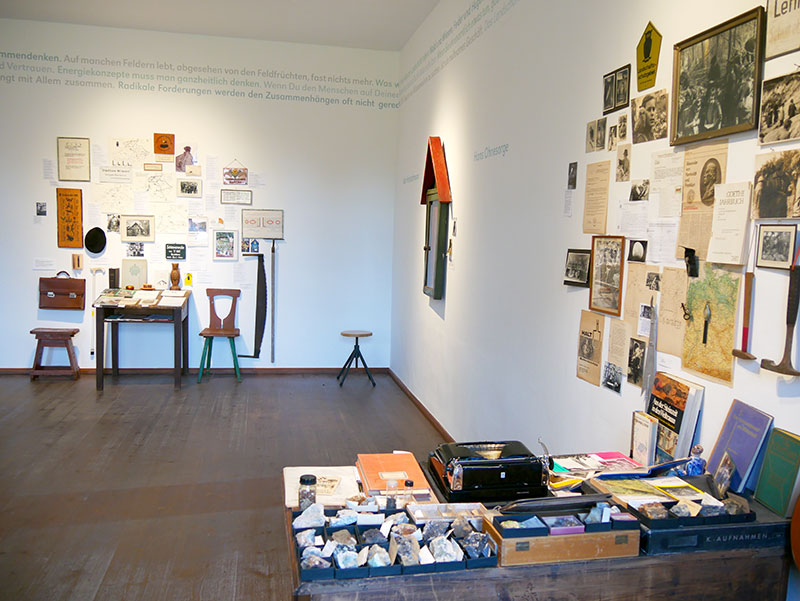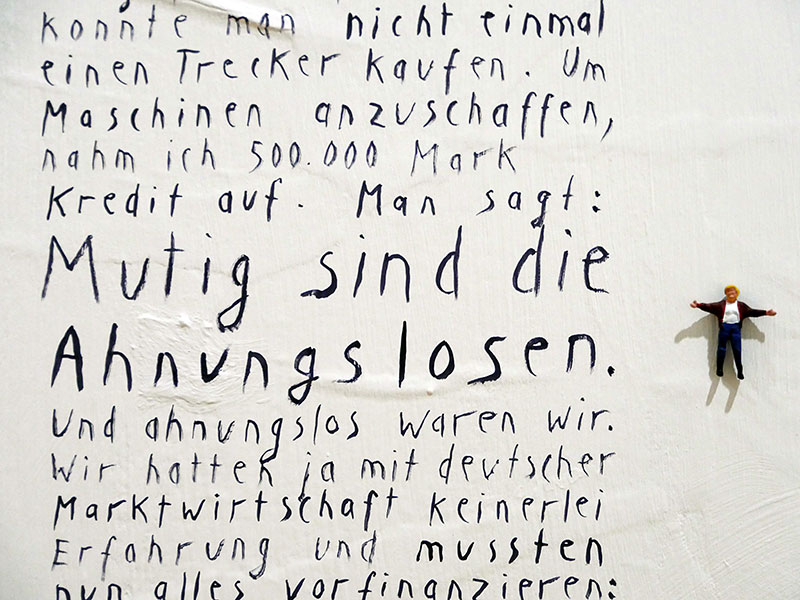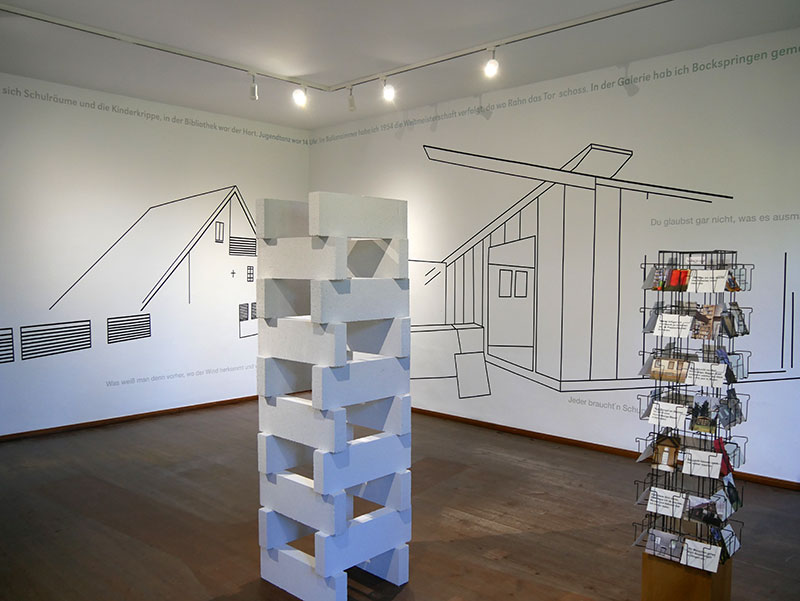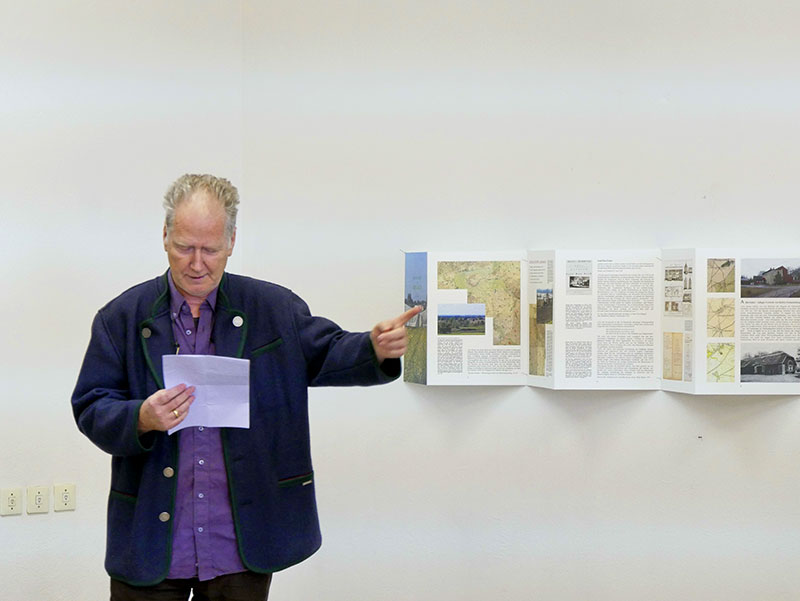
Faith and power - on the relationship between church and state in the Oderbruch region:
With this exhibition and research project, a search was undertaken for traces of the relationship between faith and power in the Oderbruch region, which runs through Prussian history, the National Socialist era and the GDR right up to the present day.
Room Archive



2022 - 2023 Whole people - nature conservation personalities in the Oderbruch
With this exhibition, we paid tribute to three people who have shaped the Oderbruch in a special way as conservationists. Their children and companions have selected and commented on objects so that we can Alfred Böhme, Hans Ohnesorge and Kurt Kretschmann can encounter on the basis of personal memories. It is not just about nature conservation, but also about everyday life, literature, music, family, humanistic education and the love of life.
The fact that people were able to inscribe themselves into the landscape as whole personalities and play a prominent role in their communities makes this period a special chapter in the history of nature conservation.
Exhibition concept: Dr. Kenneth Anders, exhibition design: Antje Scholz and Dorothee Rüdrich



2020-21 The legacy of the free farmers (Exhibition from 2018, newly presented in the castle)
In 2018, the Oderbruch Museum participated in the theme year of Kulturland Brandenburg "We inherit - Brandenburg in Europe, Europe in Brandenburg".
For the (at the same time own) annual theme "Agriculture" Antje Scholz and Nadja Hirsch produced the exhibition "The Legacy of the Free Farmers" on the basis of an exhibition script by Kenneth Anders and Lars Fischer. Their concern was to present the various models of peasant freedom in the Oderbruch region in historical change - from the semi-farmers or Kossäten to the small, medium and large colonists in the colonization of the 18th century and the successful peasant farms of the 19th century to the agricultural production cooperatives of the GDR era and the farms of the present day. The relationship of farmers to society thus unfolded as an ever new dialectic between the search for peasant self-determination and society's demand for the greatest possible control.
The exhibition was realized as an intervention in the interiors of the residential house of the Berg-Schmidt-Hof, later it was on display in the castle for another two years. A photo documentation of the steles can be found in the castle, the accompanying texts are published in the workshop book LANDWIRTSCHAFT.



2019 - Edifying things in the Oderbruch or how I learned to build beyond myself
by Gunhild Kreuzer and Angela Lubic.
The two artists traveled through the Oderbruch region along the German-Polish border. They talked to the people living there about "building culture", about their own homes and their creative aspirations and visions. Their impressions were documented on site in drawings and photographs.
The drawings, stories and photos were incorporated into a 'performative installation'.



2018 - Land Bau Kunst Im Oderbruch
by Detlef Mallwitz
The development of agriculture since the mid-18th century and its architectural footprint in the Looseland landscape
Examples were used to examine agricultural architecture in the landscape:
A Bärwinkel - the aristocratic outlying estate, in particular the preserved whey house by Karl Friedrich Schinkel, which is of great importance to us as a private monument and memorial stone.
B Freienfelde - an elegant property according to the postcards, which still existed in the 80s - vandalized - and has now completely disappeared.
C Farm of Bernhard and Marlies Kalies on the Ortwiger Loose, which has been preserved and extended in line with today's standards. The Kalies are deeply committed to preserving the Oderbruch landscape.
D Dairy and plant production in the Groß Neuendorf extension in facilities taken over from the GDR era, which at the time replaced an old farm on both sides of the road (Holländer/ODEGA).
Using maps and archive material, the state of agriculture during the three-field system was described and the revolutionary development towards crop rotation by Daniel Albrecht Thaer in the course of separation was traced. In contrast to the subsequent start of industrial production in the GDR, the "production battle" under National Socialism, which was limited to ideology, barely makes an appearance.